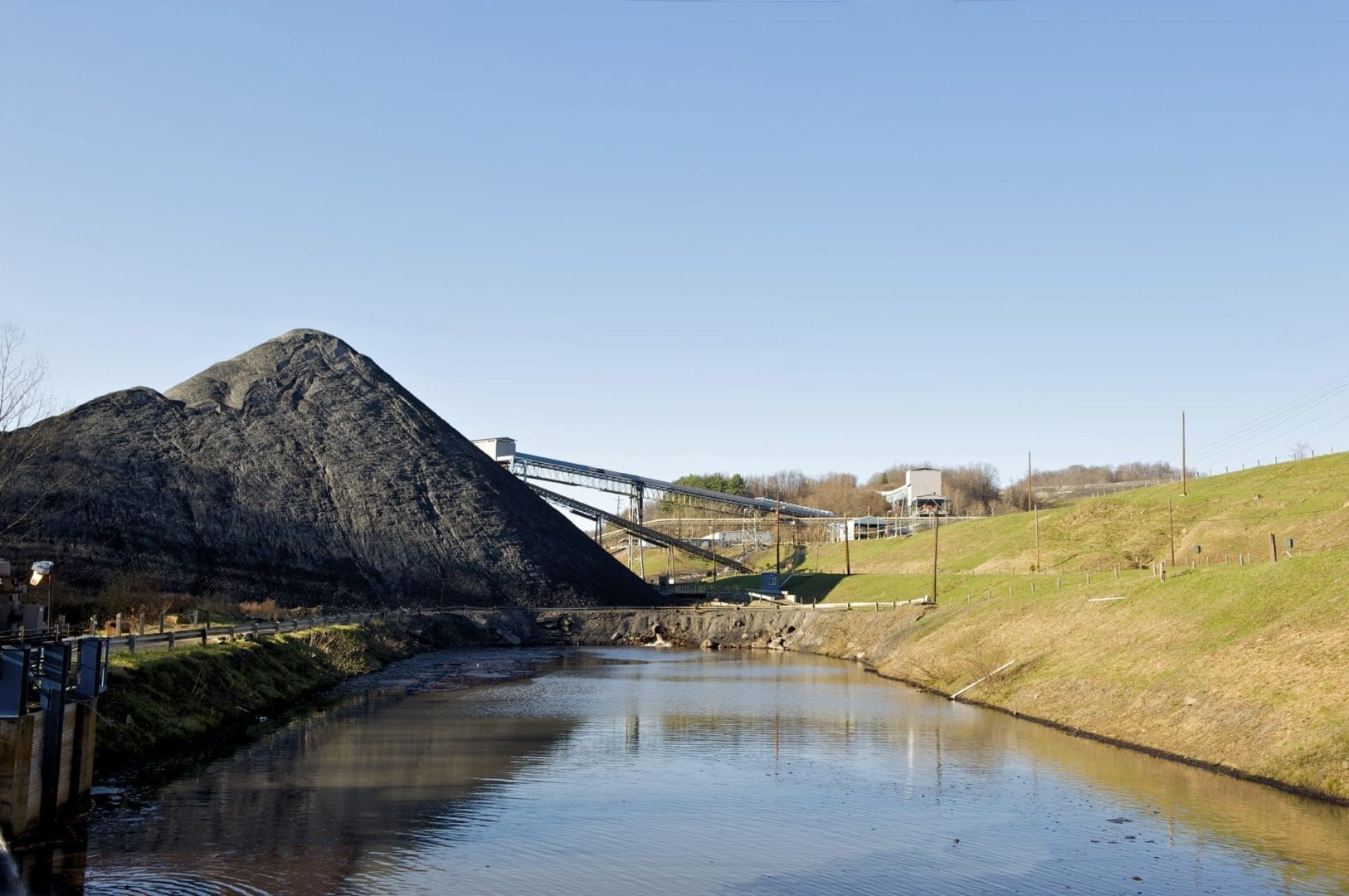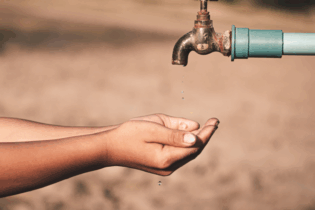Mine water
Currently, mining companies treat their effluent in accordance with national regulations. However, SWPN said the continued installation of energy and capital intensive mine water treatment facilities will not likely be sustainable in the long run.“While a relevant regional approach for an entire mining area is ideal, it requires agreement on actionable solutions, as well as how costs are partitioned among mining companies—with respect to operational mines, and the state—with respect to non-operational mines as required by law,” SWPN added.
Over the next 30 years, several mines are expected to close in the Emalahleni region. Currently, area stakeholders still have to determine who will manage, operate, maintain and finance post closure discharge water treatment facilities, already built by mining companies. SWPN said given that costs will not be recovered by selling treated water to municipalities alone, even when initial capital costs are subtracted, another solution must be found. “The incentive of course, is that finding the solution will mean an increased water supply in the region,” it added. “This is just one way, in which the private sector can make a contribution to the master plan.” The national water and sanitation dialogue brought together stakeholders from many sectors including agriculture, manufacturing, energy and mining to debate their views and the challenges currently facing South Africa’s water sector. In order to help conceptualise the country’s new master plan on water and sanitation, they also looked at sustainability of the country’s water resources and are looking at greater private sector involvement to help implement the new master plan. This plan is expected to be finalised as early as the end of 2018.








